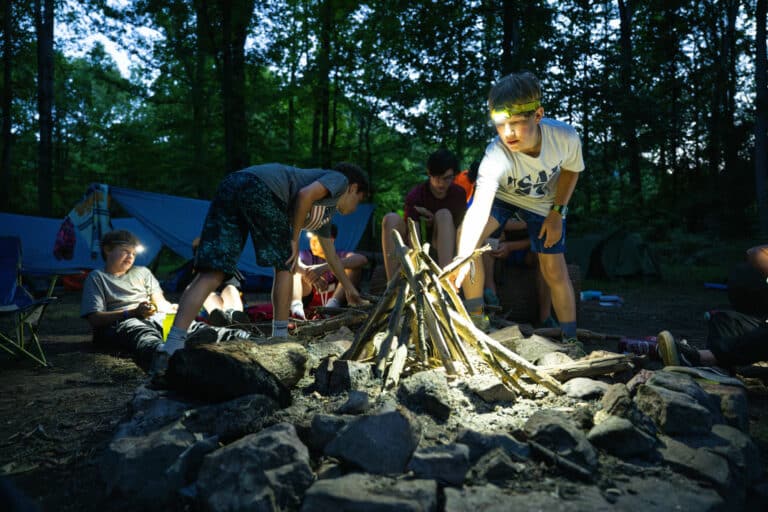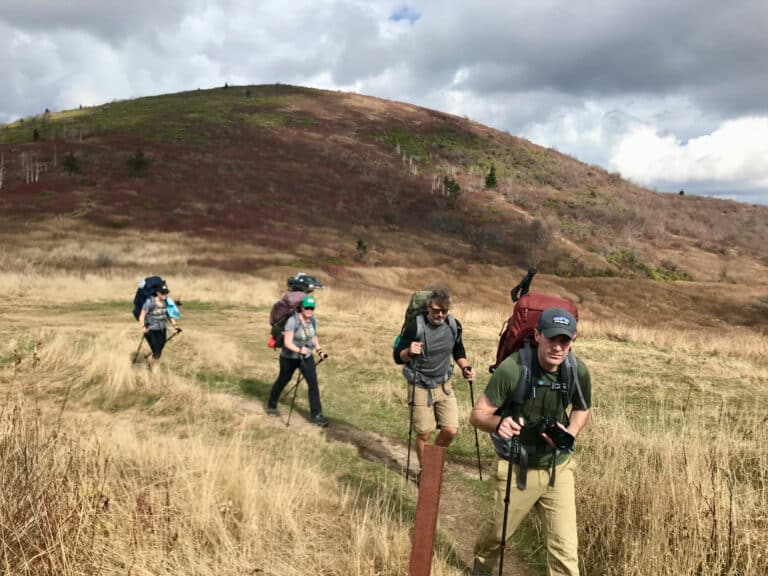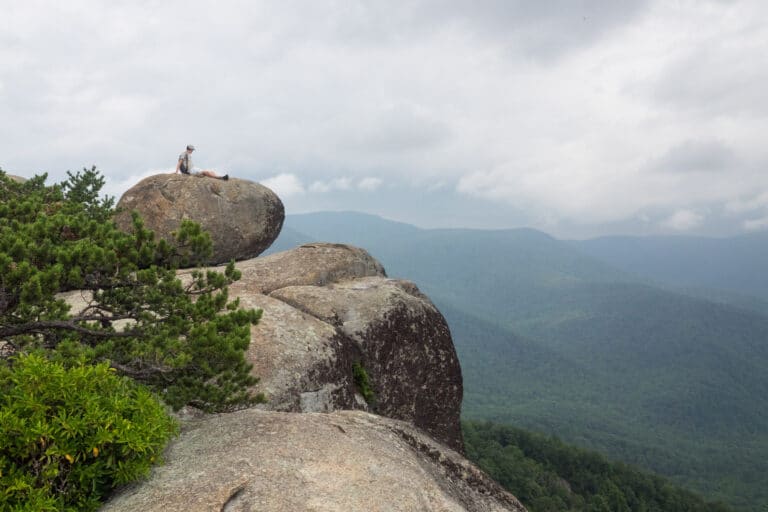The Fly Guy
Mike Kesselring owns roughly 18,000 fishing flies. There are flies from as close as his local outfitters and as far away as Japan. There are flies made for catching local trout, Taimen in Mongolia, and Golden Dorado in Argentina. He knows each one’s story and intended use. They sit stacked in 14 x 9-inch plastic divided trays that line one end of his living room in Walland, Tennessee. But none of them came from his own hands.
“I’ve never tied a fly in my life,” says Kesselring. “Except to the end of my tippet.”
Kesselring first went fly fishing in 1967 at age 15 while living on the northwestern tip of Washington state. His father was a medic in the Air Force and the family moved frequently. Young Mike did plenty of fishing along the way, in the lakes and canals of Florida, for tuna on outrigger canoes in the Philippines, but it was in pursuit of salmon in Washington that he learned to fly fish. The family was only in Washington for a year, and while Kesselring continued to fish at the ensuing stops, it was usually back on flatwater.
Eventually, Kesselring’s parents retired in western North Carolina. He fell in love with the area during visits, and in 1975 he decided to join them. He left his job at an Indiana sawmill, moved to Bryson City, and found work at a furniture manufacturing plant where his shifts usually ended around 3 p.m. The rest of the day was his, and he used the long afternoons to get outside. For roughly his first five years in town, he spent most of his free time hiking, but when his pal John Quinnett offered to re-teach him how to fly fish, he found true joy.

“When you go hiking, you’re on a dirt trail, rock trail, whatever, and you’re seeing nature, but it’s the same,” Kesselring says. “When you go fly fishing, you’re in the middle of a creek, you’re wading in water that has never been the way it is. It’s always changing. It’s always moving.”
The fly collecting, he says, “kind of started by accident.” He would buy a few extras flies on every trip to the local fly shop. A few of these, some of those, and soon he found himself with a healthy surplus. Kesselring collected stamps from new places during his itinerant youth. It wasn’t long before he was similarly seeking out fly shops every time he traveled, looking for flies specifically made for the waters in that area. As the internet became more accessible, he began buying flies from individual tiers, first in the United States, and then from around the world.
“I was able to add a lot of neat stuff that you would never be able to buy here in the United States because nobody would be using it for the kinds of trout available,” he says of his international purchases. “That was what was becoming more and more interesting, much in the same way stamp collecting had intrigued me with learning about other places around the world.”
Among his favorite acquisitions are his Tenkara flies. In 2019, when Kesselring reached out online to a traditional Tenkara tier in Japan, the man responded that he would be happy to send some flies, but rather than money, he preferred that Kesselring send him a book about fly tying, as they were harder to come by in Japan. Kesselring agreed to the terms, sending him one of his books in exchange for what he thought was going to be a dozen one-off Tenkara flies. When the package arrived, he opened it to find double that.
“They were just beautiful,” he says of the flies. “And the guy didn’t want anything but a book [that] cost me like five bucks at a used bookstore years ago, and he reported back and showed me a couple of flies he tied from it.”
Kesselring is committed to protecting the waterways that have brought him so much delight. After retiring from a 25-year career as a professional photographer, he has spent the last 14 years volunteering at Great Smoky Mountains National Park, helping the fisheries department with efforts to restore brook trout native to the park’s watersheds. He now lives just over the state line in Tennessee but coordinates other volunteers to help take water samples from the waterways on the North Carolina side of the park. He finds the work rewarding and is proud of the results, saying due to the department’s efforts the park has a “really good profile of the water quality and how it has improved over the decades.”
Matt Kulp, the park’s supervisory fishery biologist, says that when it comes to living a life of stewardship, Kesselring walks the walk.
“He definitely has a love for these mountains and for fish and trout,” says Kulp. “He tries to demonstrate that in a lot of different ways, and he goes above and beyond in terms of his time and effort. He takes a whole day when he does the water quality collections, driving volunteers around and collecting samples himself.”
Kesselring estimates he dedicates 300 hours a year to the role. As part of his outreach, he occasionally gives presentations and programs for area Trout Unlimited chapters, displaying his fly collection and engaging with audience members. His database of volunteers that he has collected over the years is up to around 450 people. Unlike his 18,000 flies, they are Kesselring originals.
Cover photo: Kesselring courtesy of Kesselring.







